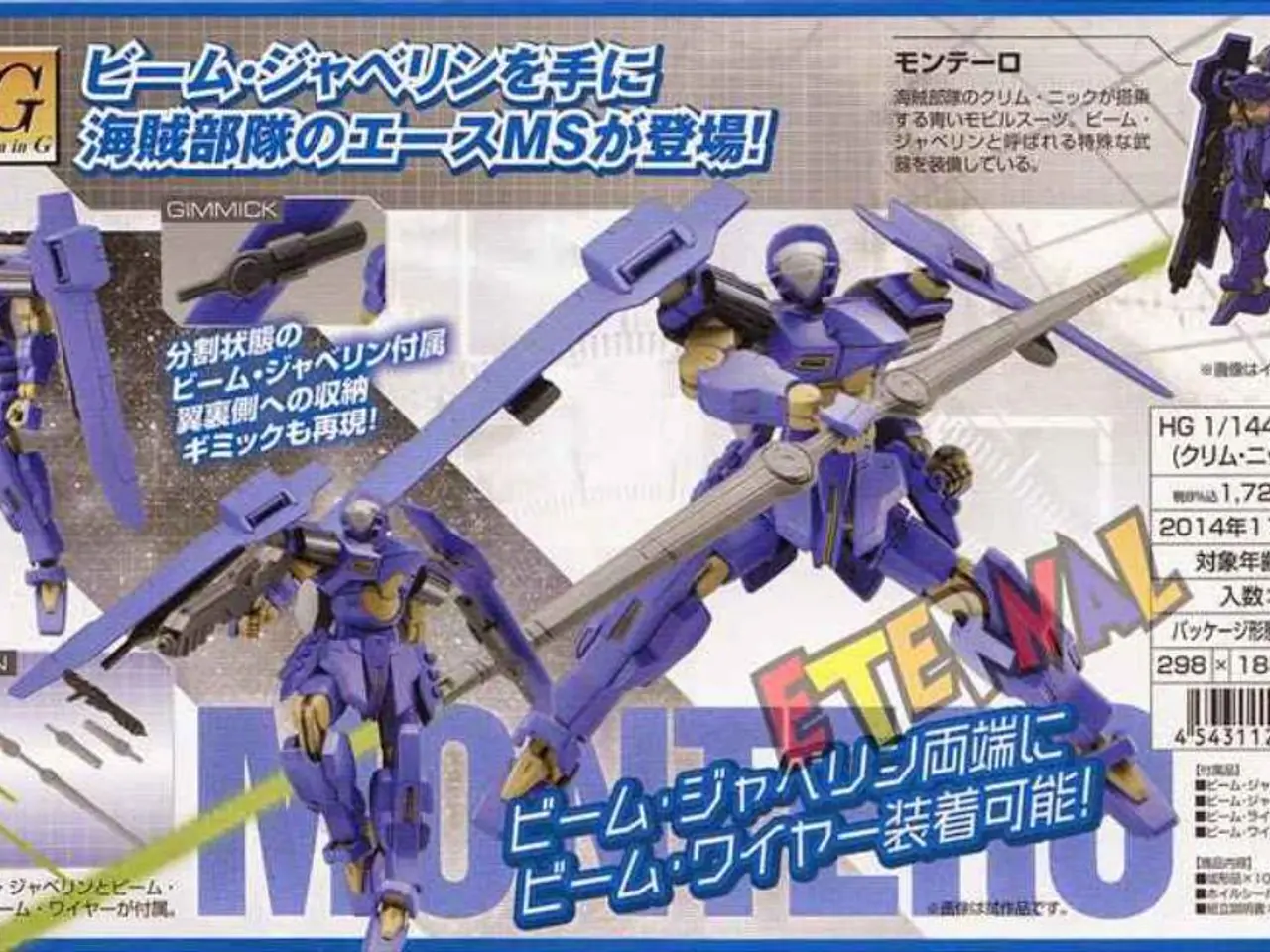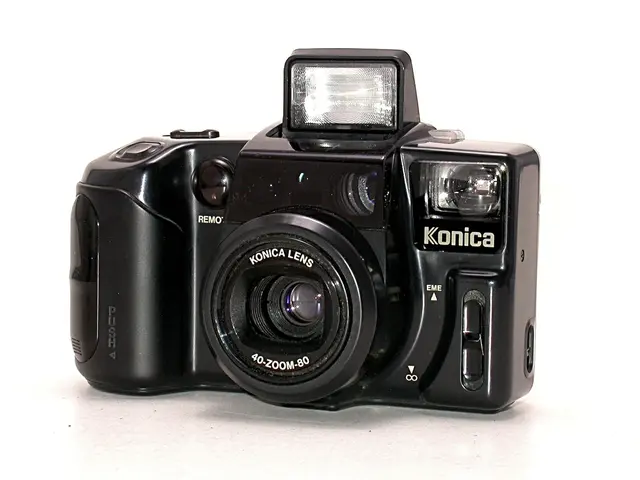Future Robotics Landscape in 2025: Market Presence and Tactical Movements
The humanoid robotics market is poised for significant growth, with predictions suggesting it will expand from $2.37B in 2025 to a staggering $70B by 2033, boasting a CAGR of 40.7%. This growth is driving a surge of interest and investment in the industry, as highlighted by the massive funding rounds received by Figure AI ($675M) and Apptronik ($350M).
The market remains fragmented, with a few key players such as Tesla, Boston Dynamics, and Agility Robotics leading the way. However, challengers like Figure AI and Apptronik, armed with substantial funding and strategic partnerships, are primed to disrupt the status quo.
The strategic divide in the humanoid robotics industry is between advanced autonomy and production readiness. Research-focused firms like Sanctuary AI and NEURA Robotics risk commercialization delays, while production-first companies like Tesla, Agility, and UBTECH are achieving economies of scale and market penetration.
Commercial deployments of humanoid robots are expanding, with UBTECH, Agility, and others securing contracts in warehousing, logistics, and light industrial environments. UBTECH, in particular, is showing strong traction in the Chinese market, fulfilling over 500 orders for its Walker S1.
The industry trend is moving towards scalable, repeatable production for industry adoption. Boston Dynamics is a prime example of this shift, transitioning from research showcase to production reality with the Electric Atlas in 2024.
Breakthroughs in actuators and sensors, supply chain scaling, and AI integration are crucial for achieving cost reduction in humanoid robotics. Current global production capacity stands at around 15,000 units per year, but costs must drop from hundreds of thousands per unit to the $15K-$20K range for mass production.
The economics of humanoid robotics are expected to follow a similar trajectory to Electric Vehicles, with initial luxury production followed by aggressive cost reduction, driven by China's manufacturing push. China is targeting a 50% market share by 2025 and is set to intensify price competition, as demonstrated by UBTECH's aggressive order base.
In Germany, companies like Neura Robotics, Innok Robotics, and Circus SE are making waves. Neura Robotics is known for its cognitive robots with integrated AI and sensor technology, Innok Robotics specializes in intelligent autonomous mobile robots with advanced software and hybrid navigation, and Circus SE is a global leader in AI software and autonomous robotic systems for nutrition.
Tesla's Optimus aims for 5,000 units of production in 2025, while Agility Robotics targets 10,000 units per year. Challengers like Figure AI, Apptronik, 1X Technologies, and UBTECH are capitalizing on their funding rounds and industrial partnerships to close the gap with the leaders.
Innovators like Sanctuary AI and NEURA Robotics demonstrate advanced cognition and multimodal integration but remain more research-focused than commercially scaled. Emerging players like X-Humanoid, Humanoid UK, and Fourier Intelligence represent niche and early-stage efforts and are unlikely to achieve near-term market leadership due to capital intensity and manufacturing complexity.
The likely winners in the humanoid robotics market will be those who can bridge the divide between advanced autonomy and scalable manufacturing. As the industry moves towards commercial readiness, the race is on to see who will lead the charge.
Read also:
- Tesla is reportedly staying away from the solid-state battery trend, as suggested by indications from CATL and Panasonic.
- Tech Conflict Continues: Episode AI - Rebuttal to the Tech Backlash
- Tech mogul Sam Altman, of OpenAI, could potentially invest in a brain-focused tech startup, aiming to challenge Elon Musk's Neuralink in the arena of neural technology. Here's what we have learned so far.
- Vietnamese AI Engineers Claim Victory in International Competition








